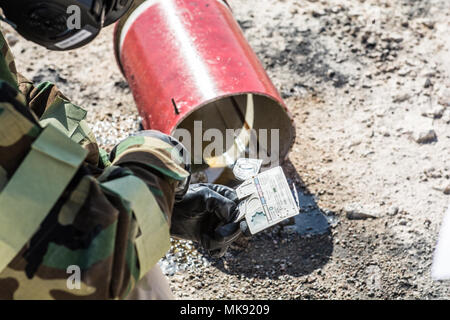

Then, on Stucky’s command, Mackay would ignite SpaceShipTwo’s rocket. At an altitude of forty-five thousand feet, WhiteKnightTwo would release SpaceShipTwo as if it were a bomb. Afterward, Stucky announced to colleagues that he and Mackay felt “pretty comfortable.” If all went according to plan, they would strap themselves into SpaceShipTwo-which was attached like a marsupial to the belly of a mother ship, WhiteKnightTwo-and take off from the runway, like an ordinary plane. Inside the hangar, he and his co-pilot, a Scotsman named Dave Mackay, spent thirty minutes in a flight simulator that approximated the current weather and wind conditions. He wears the smirk of someone who feels certain that he’s having more fun than you are. In other settings, he could pass for a retired beachcomber. He is fifty-nine and has a loose-legged stroll, tousled salt-and-pepper hair, and sunken, suntanned cheeks. Stucky walked into Virgin Galactic’s large beige hangar. A successful test would restore the program’s lustre. On this morning, Stucky would be piloting the fifth rocket-powered flight, on a new iteration of the spaceship.

On October 31, 2014, he watched the fourth such flight from mission control it crashed in the desert, killing his best friend. Stucky had piloted SpaceShipTwo on two dozen previous test flights, including three of the four times that it had fired its rocket booster, which was necessary to propel it into space.

Painted white and bathed in floodlight, it resembled a sleek fighter plane, but its mission was to ferry thousands of tourists to and from space. on April 5th, Mark Stucky drove to an airstrip in Mojave, California, and gazed at SpaceShipTwo, a sixty-foot-long craft that is owned by Virgin Galactic, a part of the Virgin Group.


 0 kommentar(er)
0 kommentar(er)
